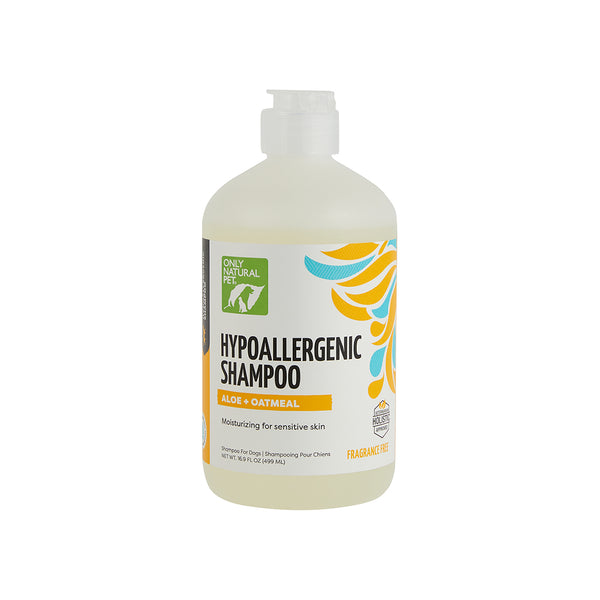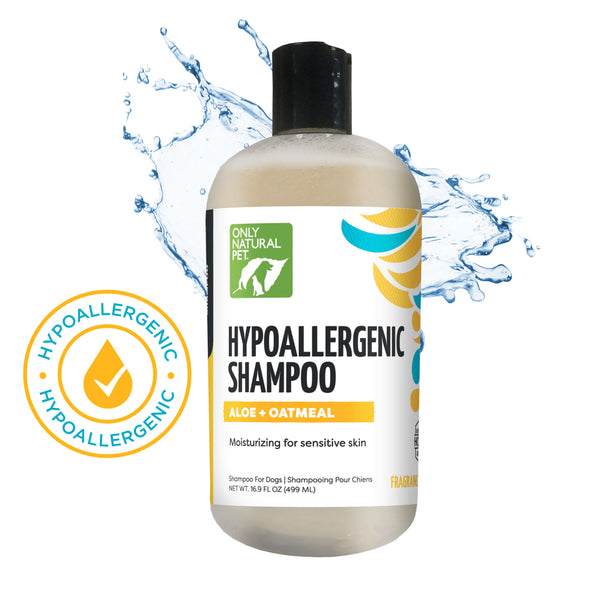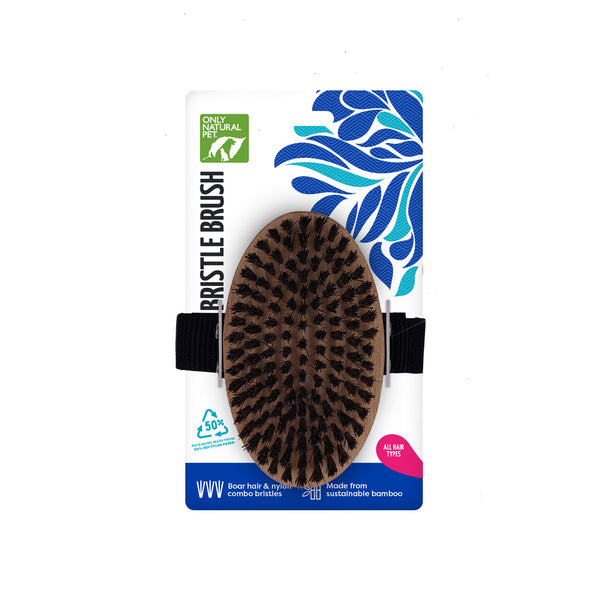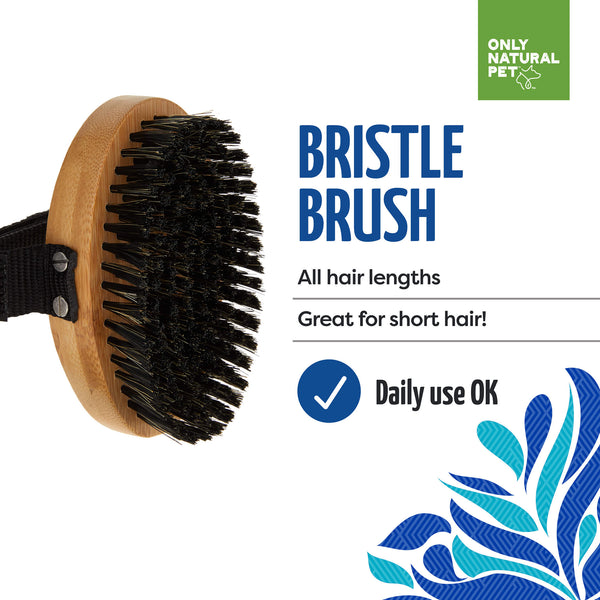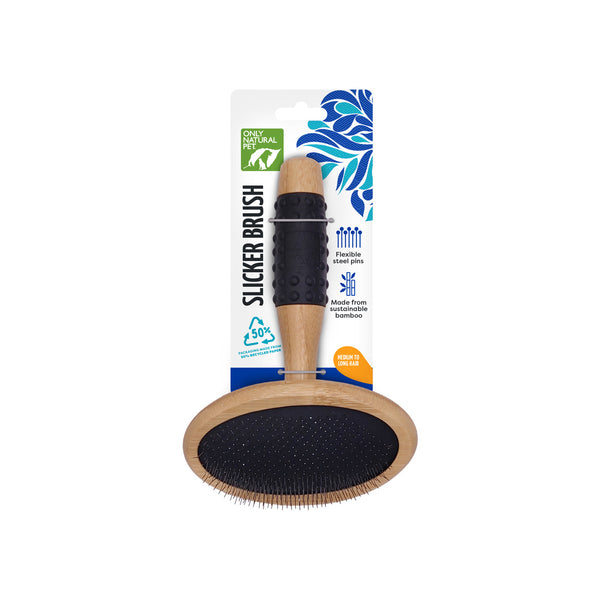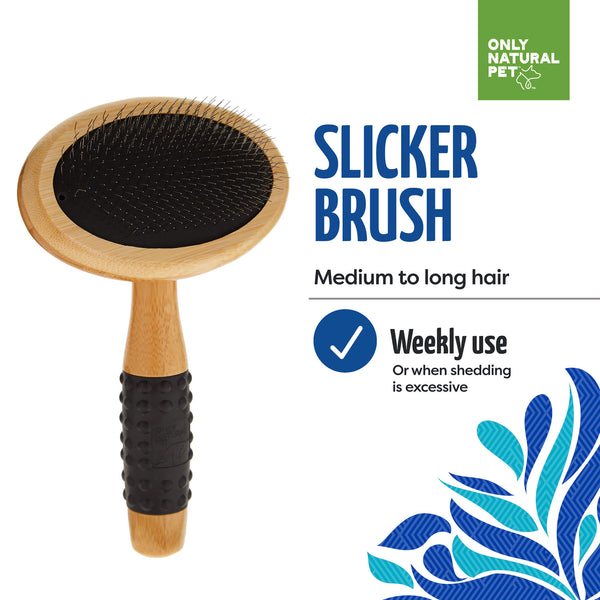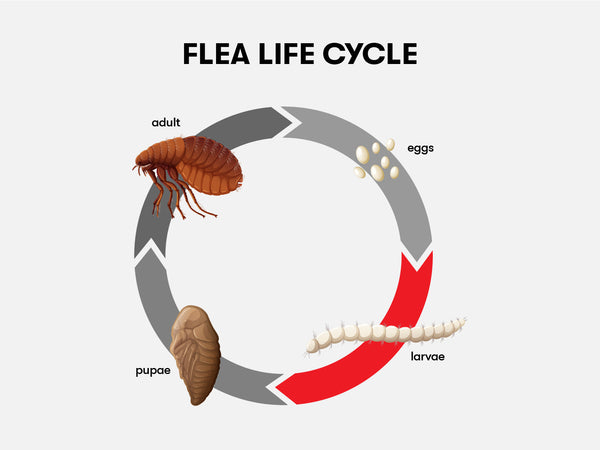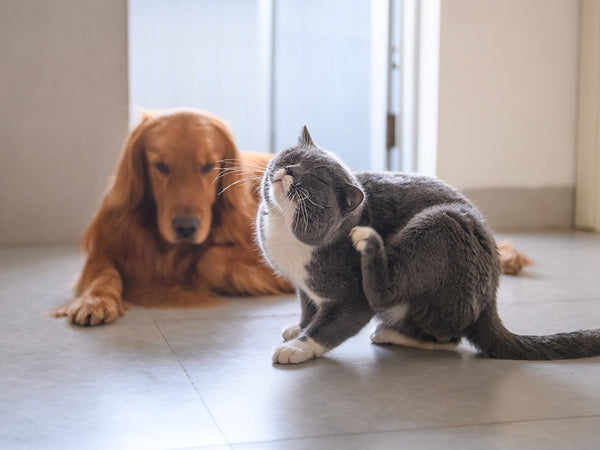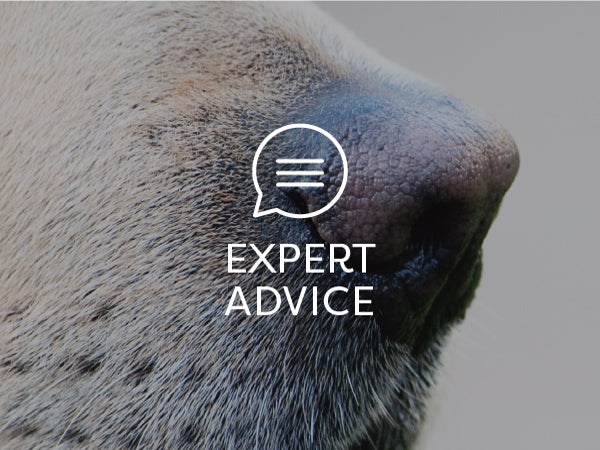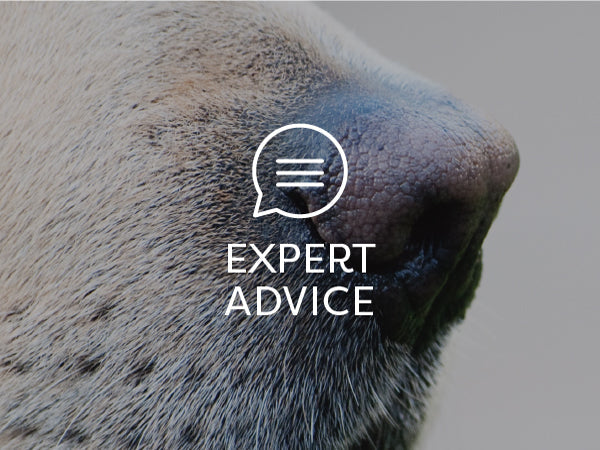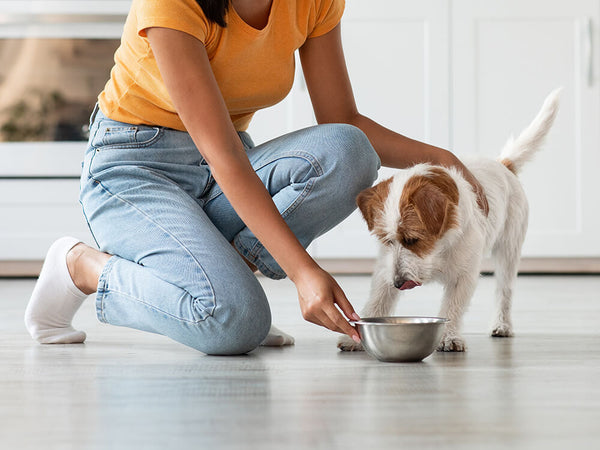The Ultimate Guide to Hypoallergenic Dogs
Written by: Richard Rowlands
Hypoallergenic dogs are a great option for people with allergies or sensitivities to dogs. This is because they produce less dander, which is the main cause of pet allergies in humans. These breeds also tend to have hair instead of fur, which means they don't shed as much either!
In this blog post, we'll explain what makes a dog hypoallergenic and look at some of the best breeds for people with allergies. We'll also discuss caring for your hypoallergenic dog's skin and coat so you can keep them healthy and happy.
What Makes a Dog Hypoallergenic?
The Merriam-Webster dictionary defines hypoallergenic as, "Having little likelihood of causing an allergic response." But according to PetMD, when it comes to dogs, the term "hypoallergenic" is not entirely accurate. This is because all dogs produce proteins that can trigger an allergic reaction. However, some dogs are labeled hypoallergenic as they are known to produce fewer allergens.
So, why do some dogs produce fewer allergens than others? The answer lies in their coat. While no dog is 100% hypoallergenic, breeds that are considered hypoallergenic tend to have hair instead of fur. Dogs with hair usually shed a lot less than dogs with fur. What's more, the dander (small particles of shed skin) they produce gets trapped in their coat instead of becoming airborne. These breeds are usually more suitable for allergy sufferers since dander is the primary cause of pet allergies in people.
What Are the Best Hypoallergenic Dog Breeds?
If you're thinking of getting a hypoallergenic dog, you'll be happy to know that there are plenty of breeds that can be a good match for allergy sufferers. In this section of the post, we'll highlight a few of the most popular hypoallergenic dog breeds.
Bichon Frise
The Bichon Frise is a small, compact breed with an affectionate and playful temperament. They are great for families as they enjoy being around children! This breed sheds very little so it's one of the best choices if you're looking for a hypoallergenic dog.
Poodle
Poodles are one of the most famous hypoallergenic breeds out there and with good reason: they don't produce much dander and shed very little too. This breed comes in three sizes: toy, miniature, and standard. If you're looking for a hypoallergenic dog of medium to large size, the Standard Poodle is an excellent choice as it's one of the larger breeds on our list.
Havanese
The Havanese has a friendly and affectionate temperament and loves being around people. They're also very intelligent, which means they pick up commands quickly and are easy to train. This breed has a long, silky coat that requires regular grooming to keep it healthy and tangle-free. However, shedding is very minimal, so the Havanese is a great choice for allergy sufferers.
Maltese
The Maltese has long been considered one of the most popular hypoallergenic dog breeds. Their lovely white coats are long, soft, and fluffy, but they don't shed much. This breed forms close bonds with their owners, meaning they are very affectionate and good-natured companions.
Schnauzer
The Schnauzer comes in three sizes: standard, miniature, and giant. Regardless of size, all Schnauzers have an even temperament and love being around people. They're also very intelligent and protective of their families. Schnauzers have a wiry coat that sheds very little, but they need regular grooming to keep them looking their best.
Italian Greyhound
The Italian Greyhound is a small breed with an affectionate and gentle temperament. They have a short, thin coat that doesn't shed much, which makes them great for allergy sufferers. If you're looking for a hypoallergenic dog with short hair, this breed is definitely worth considering!
Caring for Your Hypoallergenic Dog’s Skin and Coat
Hypoallergenic dogs, including the ones we've mentioned in this post, produce less dander, and shed less than other dogs. This makes them a great choice for allergy sufferers, but it doesn't mean they can be neglected when it comes to grooming.
Grooming is an essential part of caring for your dog's skin and coat, so you need to make sure you're doing it right. In this final section of the post, we'll share some quick and easy tips to help you keep your hypoallergenic dog's skin and coat healthy.
Brush Your Dog Regularly
Regular brushing is a great way to make sure you're removing all the dead hair from your dog's coat, but it also helps keep their skin clean and free of dander. Pin brushes and slicker brushes are an excellent choice for dogs with medium to long or curly hair. And bristle brushes or rubber brushes are good for dogs with shorter coats. Need help choosing the best brush for your pup? Check out our comprehensive guide.
Bathe Your Dog When Necessary
Hypoallergenic dogs do produce less dander, but they still need to be bathed from time to time. This is when you'll have the chance to give your dog a thorough cleaning and remove any excess dander that's gathered in their coat. Be sure to bathe your dog with a natural shampoo that's specially formulated for use on pets.
Only Natural Pet Organic Grooming Shampoo and Conditioner for Dogs & Cats is packed with soothing, skin and coat nourishing ingredients like colloidal oatmeal, aloe vera, and jojoba oil. The natural shampoo and conditioner will gently cleanse, nourish, and moisturize your dog's skin and coat. Avoid using human shampoo as it can strip your pet's coat of protective oils and cause skin irritation. And make sure not to bathe your dog too often: once or twice a month is usually enough to keep them clean, healthy, and free of dander.
Consider Getting Your Dog Professionally Groomed
Aside from brushing and bathing your dog at home, you may want to consider taking them to a professional groomer. This way, you can ensure their coat is being properly maintained while keeping shedding to a minimum. The professionals at grooming salons are trained in handling dogs of all breeds. They'll be able to brush their coat thoroughly, remove any excess dander or dead hair, bathe them, clip their nails, and more. It'll cost a bit of money to have your dog groomed regularly but it's a great way to keep them healthy and clean.
Wrapping Up
And there you have it, our top tips for naturally supporting your hypoallergenic dog's skin and coat! With these simple steps, you'll be able to keep your pooch looking and feeling their best while also minimizing dander that could trigger an allergic response.






